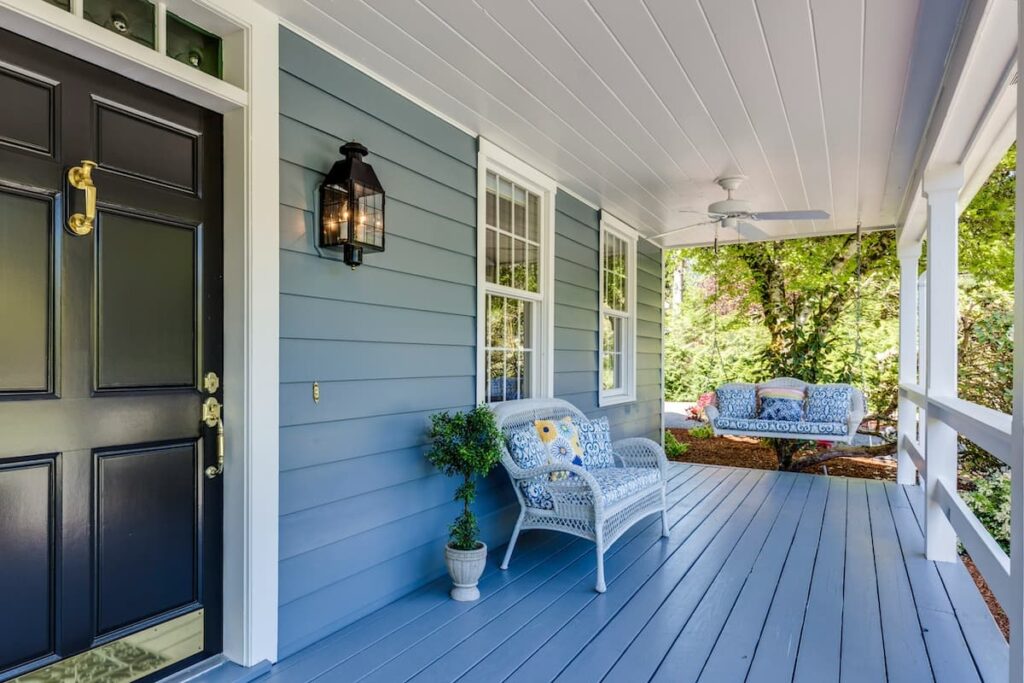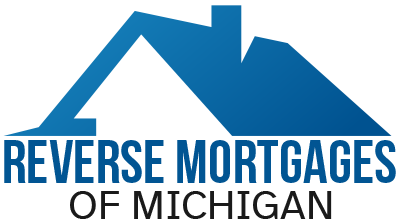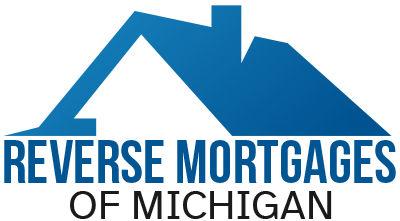Mortgage Rates Then and Now: How the 1980s Compare to Today

Mortgage Rates Then and Now: How the 1980s Compare to Today
When it comes to mortgage rates, the landscape has shifted dramatically over the past few decades. For many homeowners and prospective buyers, the difference between rates in the 1980s and those available today is nothing short of staggering. Let’s dive into how these rates have evolved and what it means for the modern homeowner.
Mortgage Rates in the 1980s: A High-Interest Era
The 1980s were marked by sky-high mortgage rates, a stark contrast to the relatively low rates we’ve seen in recent years. In the early part of the decade, rates climbed as high as 18%, driven by the Federal Reserve’s aggressive efforts to curb inflation. This era of high rates was a direct response to the inflationary pressures of the late 1970s, when the U.S. economy was grappling with rising prices and economic instability.
For homebuyers in the 1980s, this meant that purchasing a home was significantly more expensive in terms of interest payments. A $100,000 mortgage at an 18% interest rate would result in a monthly payment of over $1,500, compared to just over $500 at today’s rates. This stark difference in monthly costs had a profound impact on affordability and homeownership levels during that time.
Today’s Mortgage Rates: A Borrower’s Market
Fast forward to today, and the mortgage rate environment is vastly different. In recent years, we’ve seen mortgage rates hovering at historic lows, with some rates dipping below 3%. While rates have risen slightly in 2023 and 2024, they remain significantly lower than those of the 1980s.
This low-rate environment has been fueled by a variety of factors, including the Federal Reserve’s monetary policy, low inflation rates, and a sluggish global economy. For modern homebuyers, these lower rates mean more affordable monthly payments, allowing them to purchase more expensive homes or save money on interest over the life of their loan.
The Impact on Homebuyers
The differences in mortgage rates between the 1980s and today highlight the importance of timing in the real estate market. Homebuyers in the 1980s faced higher barriers to entry, with larger portions of their income dedicated to mortgage payments. In contrast, today’s buyers benefit from the ability to lock in low rates, which can lead to significant savings over the life of their mortgage.
However, it’s also worth noting that home prices have risen substantially since the 1980s. While lower rates make borrowing more affordable, the higher cost of homes in today’s market can offset some of these savings. Nevertheless, the overall financial burden of purchasing a home today is generally lower, thanks to these historically low rates.
A New Era for Homebuyers
In comparing mortgage rates from the 1980s to today’s rates, it’s clear that modern homebuyers are in a far more advantageous position. The ability to secure low rates has made homeownership more accessible and affordable for many. However, prospective buyers should remain mindful of market conditions, as even slight increases in rates can have a significant impact on monthly payments and overall affordability.
As the housing market continues to evolve, staying informed about mortgage rate trends is crucial for making smart financial decisions. Whether you’re buying your first home or refinancing an existing mortgage, understanding the history of mortgage rates can help you navigate the complexities of today’s real estate market.


